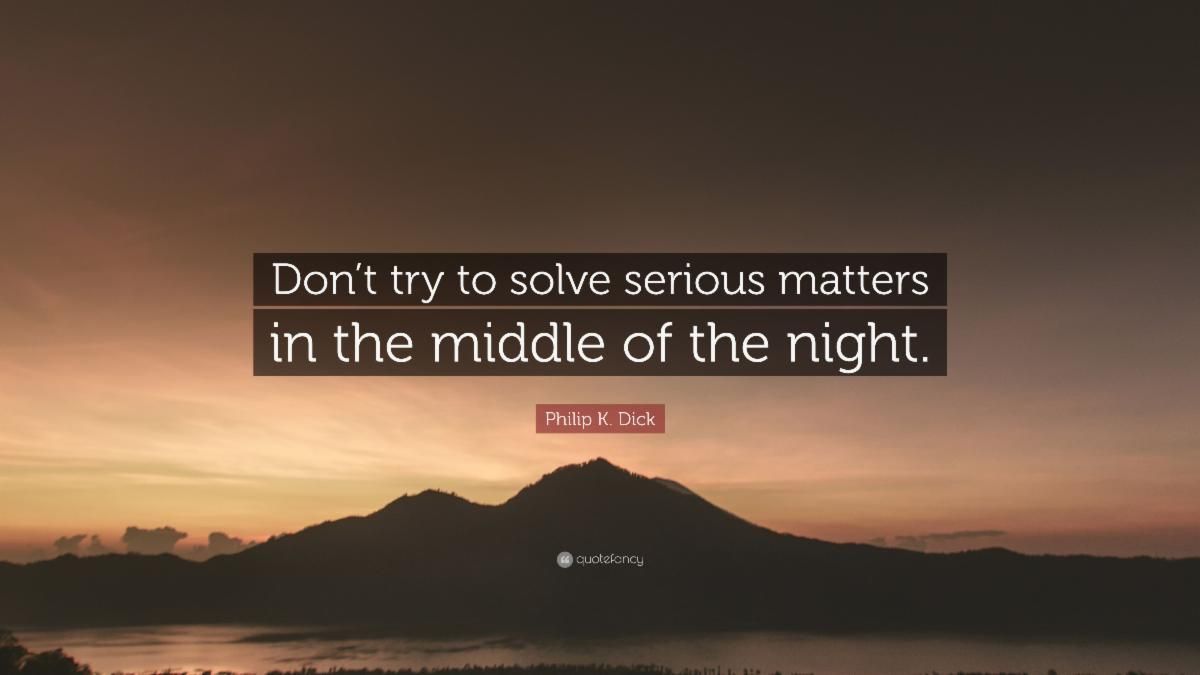
November 11, 2021
The Strategy and Execution Gap
While discussing a recent setback with an executive over breakfast, he shared that there was a great strategy in place, but the team blew the execution. I paused and asked, “May I challenge that idea?” He agreed and we had a productive conversation about how good strategy and execution are inextricably linked.
Roger Martin, the former Dean of the University of Toronto's Rotman School of Management, evaluated the idea of a brilliant strategy that is poorly executed in his HBR article, The Execution Trap. He said “If a strategy produces poor results, how can we argue that it is brilliant?” The example of a phenomenal Broadway play that closes after one week or the brilliant political campaign that results in the other candidate winning underscores the point. Can we really claim that it was brilliant if it ended so quickly?
Good strategy considers execution by definition.
So how do you drive execution? My approach to this is straightforward. By definition, most elements of a strategy are aspirational. Because strategy is future oriented, there are components that aren’t grounded in data or proven experience - they can almost feel fictional. To be successful, your strategy must include what you will do to execute and achieve the objectives you set. One key to successful execution is creating capabilities to perform better in the market.
I suggest answering three questions to drive execution:
- What must we improve upon that’s not currently good enough? Identify areas of weakness that will hinder you from successfully executing your strategy and determine opportunities to improve.
- What needs to be built that we don’t have? Consider where you have gaps that need to be filled.
- What needs to be acquired that we don’t have? It’s not always necessary to build internal capacity, consider where you may augment what you already have with external resources.
A good strategy includes well-defined answers to each of these in order to achieve the desired results.
Revamp How You Create
We’ve all been a part of those two or three day sessions or retreats that bring people together to formulate strategies, brainstorm, problem solve, and make decisions.
But how many times did you review the output captured on flip charts or the notes from the meeting and wonder, “What did we mean by this?” or worse, “What the hell were we talking about?” and “What do we do with this now?”
Prior to the pandemic, the offsite retreat was a common feature of the work environment. The shift to remote work and limiting in-person gatherings has helped us rethink this, and I have come to realize that these working sessions are far less useful than many believe.
Co-creation with five or more people is misery (and I’ve participated with many more). There are too many opinions in the room to thoughtfully create something, have meaningful discussion, or efficiently make a decision. The reality is, there doesn’t need to be consensus at every point in the process.
To be clear, convening groups of leaders for these purposes is still vital. There are just ways we can be more efficient and effective.
Rather than bring a large group together to create a strategy or new initiative, I suggest developing a strawman with one or two key stakeholders first. This allows you to capture an initial draft that can be brought to the larger group for reactions and feedback. Taking this approach gives the group a starting point to further refine the idea and move toward a decision rapidly.
What's more, no one has the ability to sustain intense focus for a multi-day meeting. Use hybrid work to your advantage and create space for short bursts of creativity and then bring the team together for the kind of work that can only be done in person. Use your in person meetings to test and refine the concept, discuss implementation, and develop alignment toward a common vision and goals.
Do You Listen to Understand?
I’ve noticed that some people listen to others like they are an attorney in a courtroom. They scrutinize every word in search of something to dissect or interpret differently. I see this play out with everyone from executives discussing strategies to my friends debating whether Tom Brady is the G.O.A.T.
In the latter case, the goal is in fact to prove the other person wrong. But unless you are in court or a politician, in most other situations, the objective should be to understand similarities and differences in how you see the issue or situation. This approach is a great way to form stronger connections with those we work with. Only once you have listened to gain mutual understanding are you free to disagree.
Current Read
Veterans Day 2021: Learn The History and Meaning Behind Veterans Day
Veterans Day is observed in the United States on November 11th. It’s a day to honor all veterans, living or deceased, who served in the US military (compared to Memorial day, which honors veterans who have died). Originally named Armistice Day, Veterans Day was enacted to commemorate the end of World War I on November 11, 1918 at 11:00am.
There are many ways you can show veterans your appreciation and support on November 11, or any day of the year. Reach out to a veteran you know to thank them and learn more about their experience, drive a disabled vet to their doctor appointments, or make a charitable donation to help wounded veterans. Read more about the history of Veterans Day and what you can do in support of veterans on November 11th here.
Quotable


